电源革命:集成型电源模块的优势

每月为您发送最具参考价值的行业文章
我们会保障您的隐私
简介
更高效、更紧凑,这是快节奏的电子世界对电源解决方案提出的日益增长的需求。在电源技术进步的同时,工程师们不断寻求简化设计、减少占板空间并加快开发过程的方法。MPS 提供了极为广泛的电源模块产品组合,并将功率级、控制环路和电感集成在单个 SMD 封装中(见图 1),满足了设备对电源不断增长的高要求。
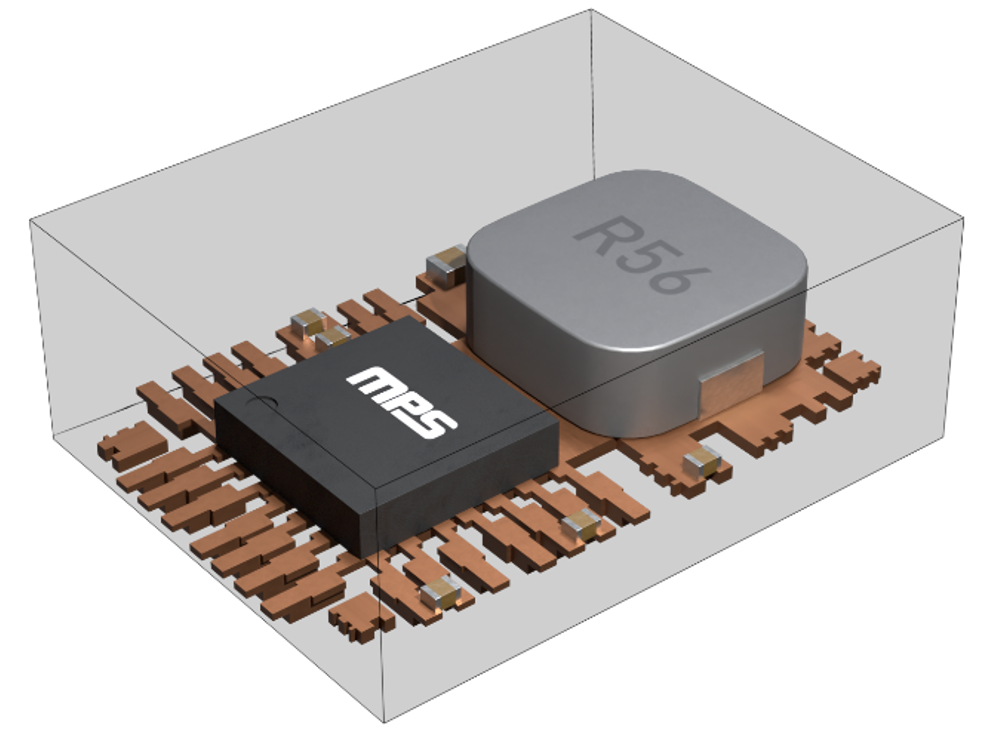
图1: MPS电源模块
本文探讨集成型电源模块相对于传统分立 DC/DC 电源具有的诸多优势。
简化设计并减少占板空间
通过集成功率级、控制环路和电感,MPS 电源模块能够提供无可比拟的功率密度。利用MPS 专有 MeshConnectTM 技术,变换器、电感和其他无源元件可以直接放置在引线框架上,实现更佳散热能力、更高可靠性和更低的寄生电感。这大大简化了设计,并有效缩短了设计时间和迭代周期。
MPS 电源模块集成了自举 (BST) 电容、VCC 去耦电容、输入去耦电容和反馈电阻分压器等无源元件。设计人员可以专注于设计系统的高级别部分,而省去分立元件的选择与优化步骤。集成无源元件不仅可以简化流程并降低BOM数量,同时还解决了元件兼容性问题和元件采购的麻烦。此外,MPS 电源模块都经过预验证,可省去对单个元件进行大量测试和验证的需要,这无疑可加速电子产品的上市时间。
采用MPS多输出电源模块(如 MPM38111 )可以提高功率密度;而采用能够提供两个或更多独立控制输出的模块(如两个 MP2152 ),则可以减少所需的输入电容数量并缩小整体电路板尺寸(见图 2)。
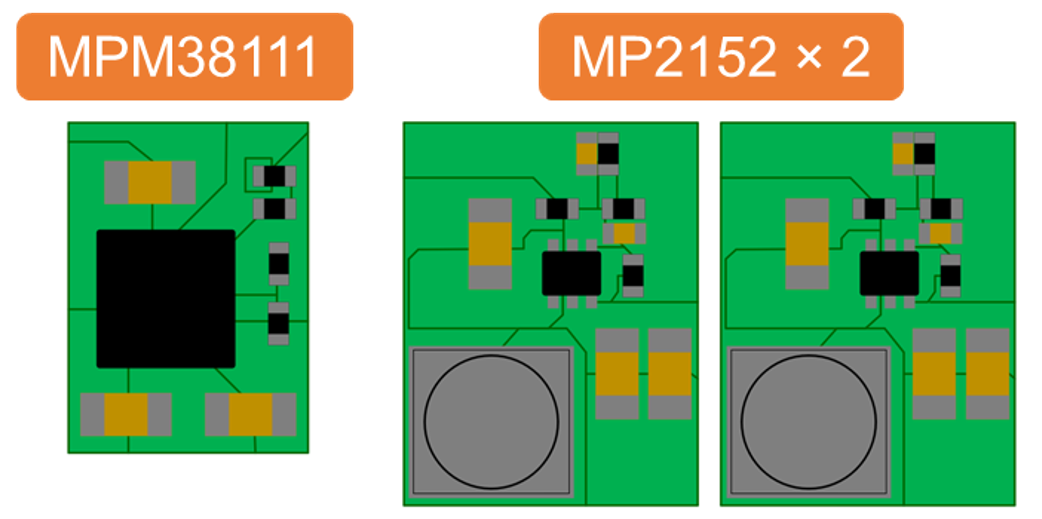
图 2:尺寸比较:双输出电源模块和具备两个单通道的分立系统
除了简化设计流程以外,MPS 电源模块还提供了相比分立替代方案占用空间更小的紧凑型解决方案。针对空间受限应用,设计人员可以设计更小、更便携的设备。而且,集成组件优化了电路板布局,减少了寄生元件,并提高了整体系统性能。
借助 MeshConnectTM 技术,MPS 电源模块可以在非常紧凑的封装中提供大电流。例如 MPM3864,这是一款采用 ECLGA-19(3mmx3mmx1.85mm)封装的 6A 电源,它非常适合光功率模块或手持计算设备等空间受限应用。

图 3:用于光模块的MPM3864 示例
提高设计灵活性
随着系统的复杂性增大,电源树的设计也越来越耗时,因为电源轨数量不断增加、电压调节要求越来越严苛,而负载电流的瞬变也不断加剧。所有这些变化都意味着需要更加精细的调节。MPS 电源模块能够帮助工程师利用模块中内置的数字通信接口快速完成微调。利用 MPS 的 Virtual Bench Pro 软件,设计人员可以轻松更改输出电压 (VOUT)、开关频率 (fSW)以及保护阈值等参数,还可以调整一些高级参数来微调操作,例如消隐时间、补偿环路增益和斜率补偿斜坡电压等(见图 4)。
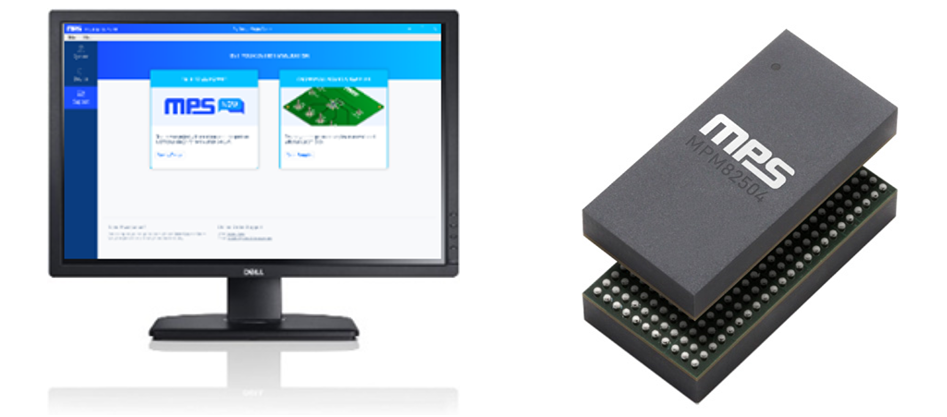
图 4:利用MPS 的 Virtual Bench Pro 轻松配置数字设备
MPM3698 是一款双输出电源模块,它采用 BGA(15mmx30mmx5.18mm)封装,总电流高达 120A。该器件可以为高端 FPGA 和 ASIC 的核心轨供电;它同时配备了先进的控制环路,允许设计人员通过数字接口调整控制环路的方方面面。
MPS模块还可以通过有源电压定位 (AVP)等非线性控制方法来优化瞬态响应。除了提供输入电压 (VIN)、输出电压(VOUT)、输入电流 (IIN)和器件温度的精确遥测之外,还提供SVID 和 AVSBus 等高级通信协议的配置。
高级控制方法:恒定导通时间 (COT) 控制
MPS 电源模块通常都提供恒定导通时间 (COT) 控制,非常适合在微控制器单元 (MCU) 和高功率片上系统 (SoC) 之间实现数字负载供电。COT 控制通过固定开关周期的导通时间来改善电源转换及瞬态响应,从而实现根据负载要求来改变 fSW。
瞬态响应的显著改善主要基于以下两个因素:
- 控制环路的运行与时钟信号无关;
- 变换器可以提高 fSW 以更快将能量传输至输出。
与传统控制方法相比,COT 控制在突发负载电流瞬变期间,VOUT 受到的影响较小。图 5 显示了电流模式控制和 COT 控制的比较。

图 5:电流模式控制与 COT 控制的比较
COT 控制还有另一个优势,即在负载突降期间(例如当 MCU 进入睡眠模式时),变换器的 fSW 会大大降低。这种控制可以在轻载条件下实现更高的效率,而无需通过时钟信号进行切换或进入跳频模式 (PSM)。
电源模块在工业应用中的EMI优化
将整个变换器集成到单个封装中必然导致更小的开关节点,继而降低电磁干扰 (EMI)。这对器件满足电磁兼容性 (EMC) 标准非常重要。此外,集成型电源模块的紧凑封装特性有助于缩小热环路,从而最大限度地减小环路面积并减轻EMI 影响。稳健的抗 EMI 设计可确保器件在各种环境中都可靠的运行(见图 6)。
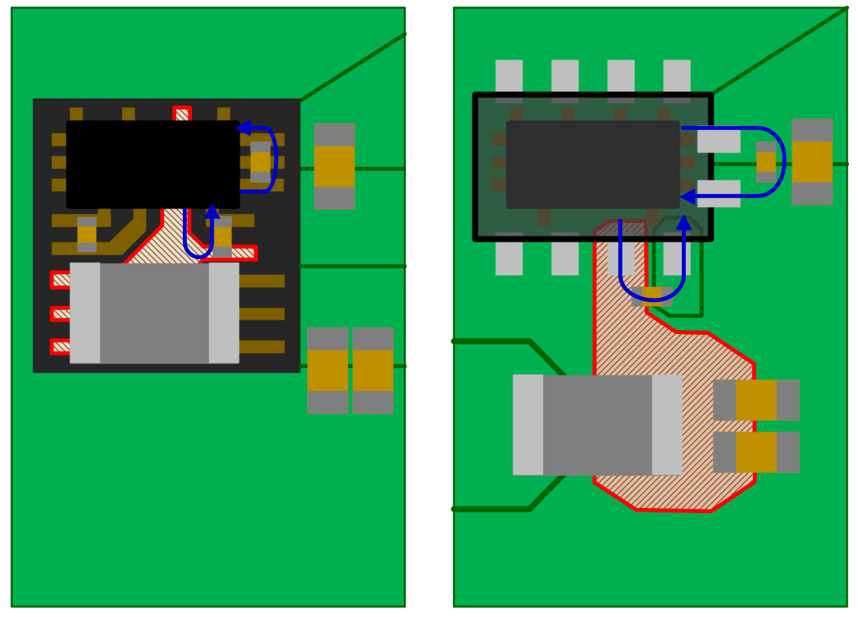
图 6:采用 MPS 电源模块可缩小开关节点和热环路尺寸
MPS 还提供符合 CISPR25 等标准的 EMC 预合规电源模块。
结语
带集成电感的电源模块有很多优势,包括简化设计、减少占板空间、缩短开发时间和降低 EMI等。随着电子行业的持续发展,采用集成型电源模块等创新解决方案对于在竞争中脱颖而出愈显重要。在实现更高效、更紧凑的电源设计这条路上,集成基本电源组件标志着一项重大进展。
通过提供各种紧凑型、简单易用的电源模块,MPS正引领市场向集成型电源组件转变。MPS的多输出 电源模块产品输出电流范围从 1A 以下到100A以上不等,输入电压范围也从 6V 以下到72V以上不等,强大的产品组合能够帮助您加快开发流程并简化电源设计。
_______________________
您感兴趣吗? 点击订阅,我们将每月为您发送最具价值的资讯!
技术论坛
 Latest activity a week ago
Latest activity a week ago
 74 回复
74 回复
 Latest activity 2 years ago
Latest activity 2 years ago
 2 回复
2 回复
 Latest activity 2 years ago
Latest activity 2 years ago
 2 回复
2 回复





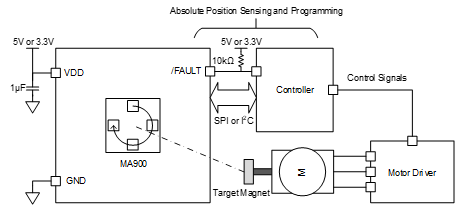

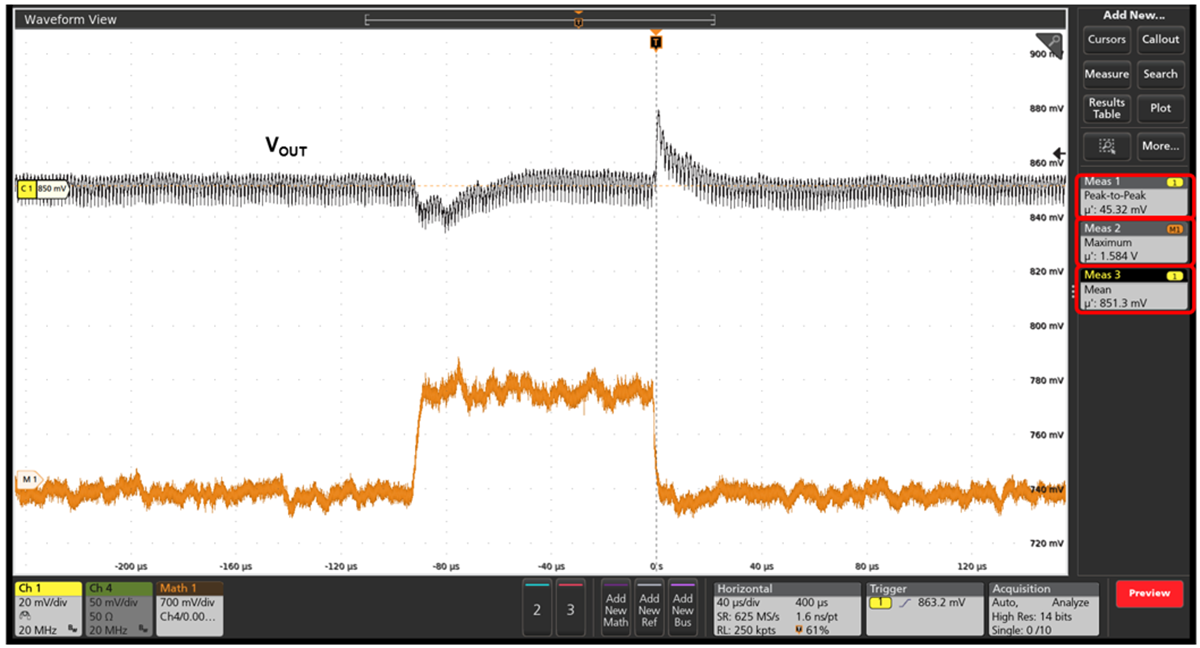
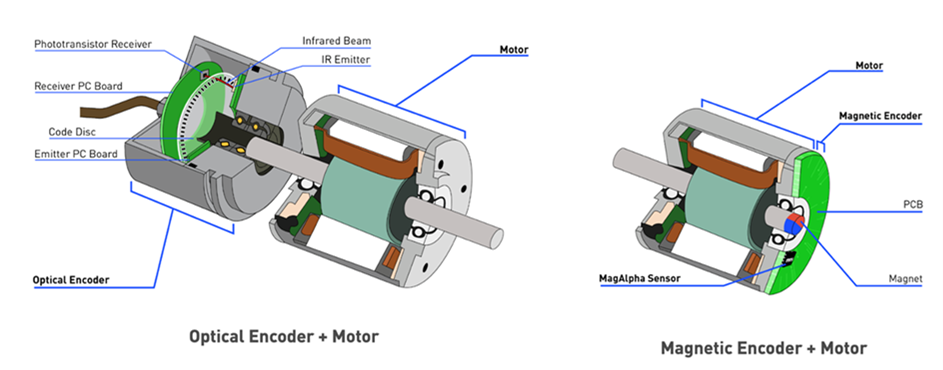






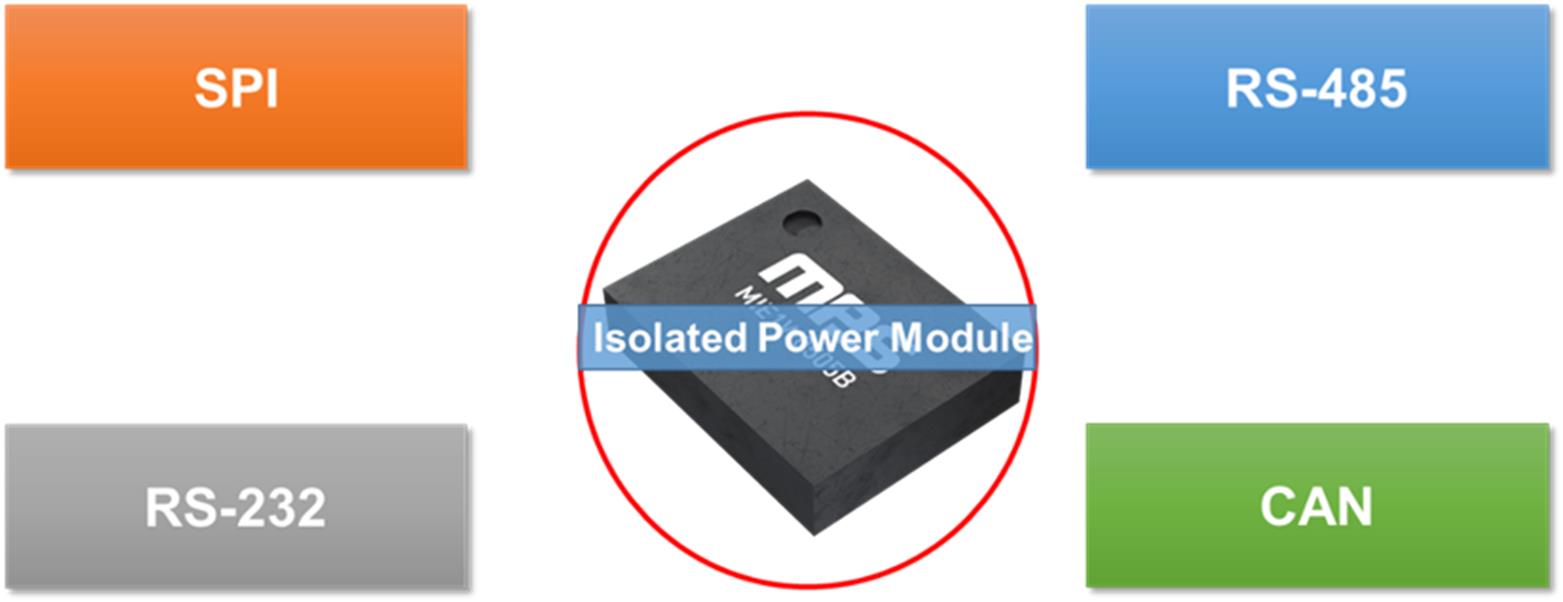
直接登录
创建新帐号